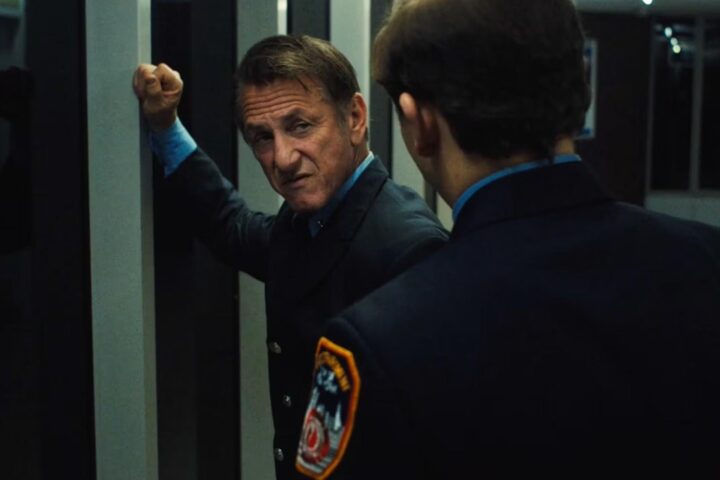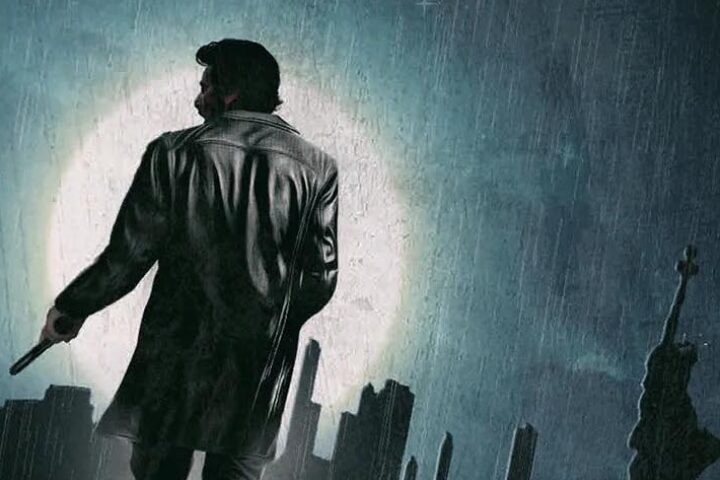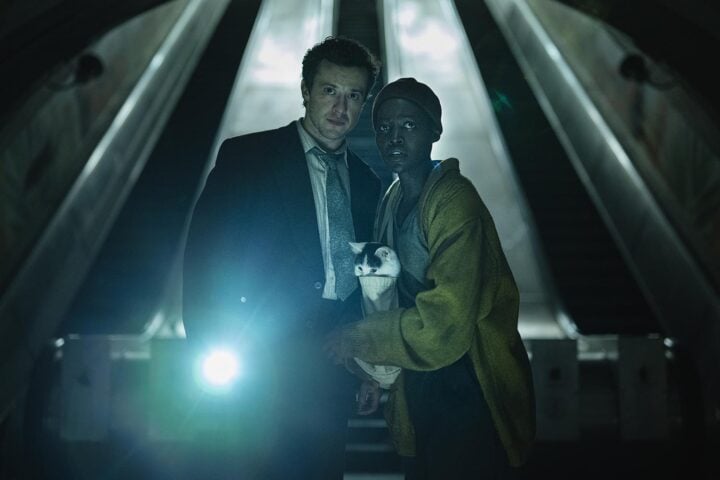Nothing fancy, no pyrotechnics or sudden plot twists—just a wizened old cabbie and his female, millennial-aged passenger making their way from J.F.K. to midtown Manhattan, slowly revealing themselves and challenging each other’s assumptions. To help pass the time during an ugly traffic jam, they engage in a friendly game of conversational one-upmanship, each sharing details about their own life and offering perceptive observations about the other’s. Lightly flirtatious small talk progresses toward the confessional, and gradually an intimacy forms that’s specific to people who know they won’t see each other again.
Such is the premise of writer-director Christy Hall’s debut feature, Daddio, a film as tedious and predictable as its traffic-clogged Long Island Expressway setting. As Clark, the straight-talking chauffeur, Sean Penn turns in a relaxed, un-showy performance that stands in contrast to Dakota Johnson’s more studied work as the troubled passenger returning home after a visit to Oklahoma. Where Penn manages to make his stagy monologues feel naturalistic, Johnson’s sound like well-rehearsed audition pieces—finely calibrated and devoid of spontaneity.
The passenger—billed as “Girlie” in the end credits—also has a second running conversation in parallel with the one happening in the cab. Her unseen boyfriend, as soon as he’s ascertained that she’s landed, commences a stream of sexts that would seem immature if it had come from a horned-up 15-year-old boy. The source of disconnect in their relationship only gets clearer from there, as Clark correctly guesses that Girlie is involved with a married man. It’s hard to make a text-based conversation cinematic, but the filmmakers make little effort to help this material come alive, which is a problem considering the already visually constrained nature of the film.
Daddio, in part, attempts to confront the assumptions we make about others based on their name, age, job, or where they grew up. Clark muses on the associations of his own name (a house in the Hamptons, perhaps), concluding that Vinnie would be more suited to someone like him. Girlie reflects on how differently she’d be perceived if she said she was 24 or 34. But despite these inducements to look deeper, Girlie’s attachment to a married man she sometimes calls “Daddy” is the stuff of cliché, while Clark’s battle-of-the-sexes psychobabble evokes a less abrasive version of a certain manosphere guru recently extradited from Romania.
And if the early reveal that Girlie is a computer programmer is meant to be a rug-pull beneath our expectations, that only reflects the script’s dim view of the audience rather than a genuine sociological insight. Class is rarely touched upon either, except in a few unspoken juxtapositions (Girlie wraps her gum up in paper while Clark spits his out the window) and in the characters’ contrasting speech patterns (Clark says things like “that’s some cool-ass shit” while remarking that Girlie talks like someone in her 50s). At the end of the ride, Girlie tips Clark (spoiler alert!) 500 dollars on top of the 50-dollar flat rate from J.F.K., the most striking signal of the gulf between a midtown professional and a cab driver living in Jackson Heights.
Daddio is novel only in the restrictions inherent in its construction. Hall is far from the first filmmaker to take on the challenge of staging scenes in simulated real-time within a confined space, but her approach—which includes shooting on a soundstage against digital backdrops—does prove less compelling than some other recent examples. Take Stephen Knight’s 2013 film Locke, in which Tom Hardy’s fraught family man has a series of conversations over his car’s speaker phone as he drives from Birmingham to London. Knight, shooting on location on the M6 motorway, achieved verisimilitude while asserting a strong stylistic presence, the frame overlaid with blurry reflections and expressionistic lighting crossing Hardy’s face.
Hall effectively creates the illusion of a continuous car ride, but Daddio is much less visually and rhythmically dynamic than Locke. That’s evident in the cutting between a few fixed angles (Penn’s eyes in the rearview, a two-shot with Johnson framed by the windowed partition, Penn in profile) and occasional exterior shots of the taxi cruising down the L.I.E. to break up the flow.
In the end, the film’s pedestrian direction would be easier to overlook with a stronger text; just look at any stage-bound American Playhouse broadcast from the 1990s. But when it comes to the incremental revelations that come every 10 to 20 minutes in Daddio—why Girlie was in Oklahoma, for example, or the psychological baggage that inexorably led to her current romantic turmoil—the characters may surprise each other, but they rarely surprise us.
Since 2001, we've brought you uncompromising, candid takes on the world of film, music, television, video games, theater, and more. Independently owned and operated publications like Slant have been hit hard in recent years, but we’re committed to keeping our content free and accessible—meaning no paywalls or fees.
If you like what we do, please consider subscribing to our Patreon or making a donation.





